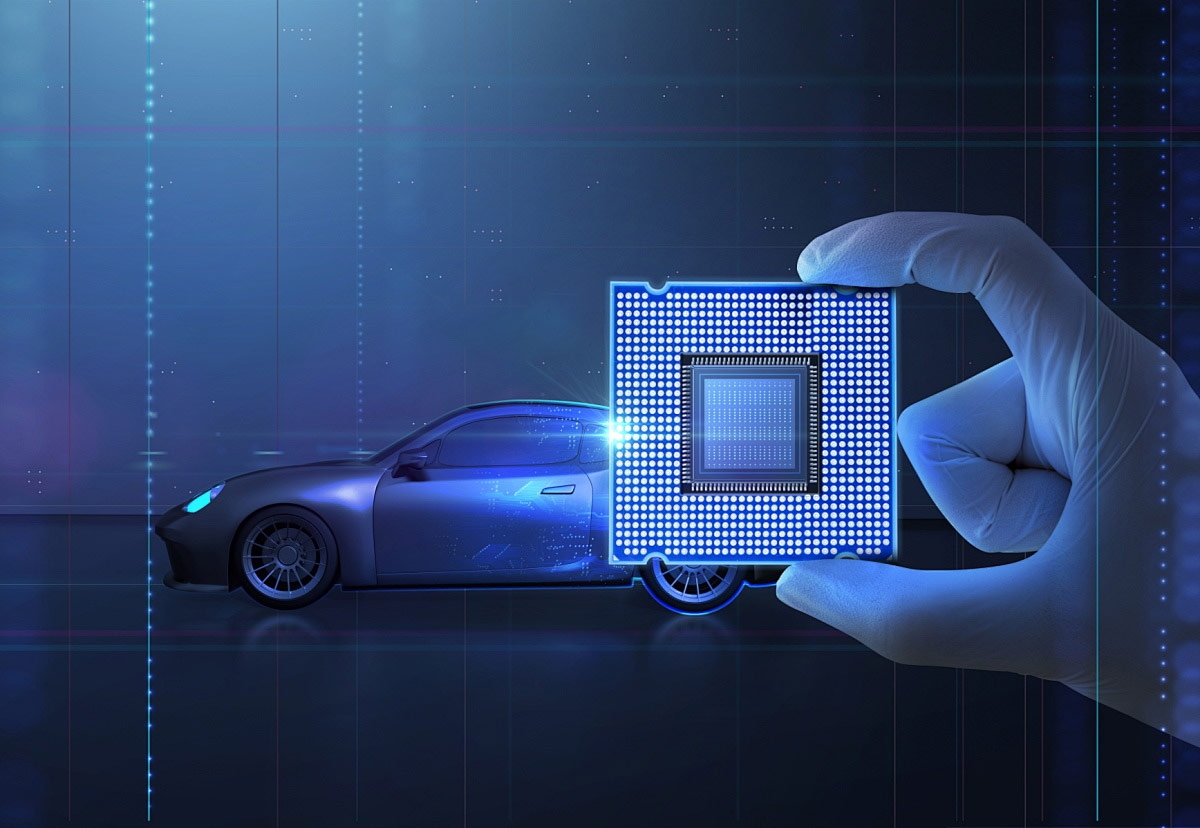Comprehensive upgrade of detection capability: The key role of environmental and reliability testing in modern manufacturing - replication
In modern manufacturing, product quality has become an important manifestation of competitiveness. With the increasing complexity of production processes, ensuring that products can operate stably under various environmental conditions has become a major
In modern manufacturing, product quality has become an important manifestation of competitiveness. With the increasing complexity of production processes, ensuring that products can operate stably under various environmental conditions has become a major challenge faced by enterprises. Environmental and reliability testing, as the core link to ensure product quality, is becoming increasingly important. They can not only help companies reduce costs and defects, but also enhance the market competitiveness of their products. This article will explore the key role of environmental and reliability testing in modern manufacturing, as well as how to comprehensively upgrade testing capabilities to improve production efficiency and product quality.
The core significance of environmental and reliability testing
Environmental and reliability testing involves simulating and evaluating the performance of products under different working conditions. With the increasing complexity of electronic products and mechanical equipment, the external environment they face during use has become more diverse and complex. Environmental factors such as temperature, humidity, vibration, salt spray, and radiation can have a profound impact on the performance, lifespan, and safety of products.
Environmental testing: By simulating the high temperature, low temperature, humidity, salt spray, ultraviolet radiation and other environmental conditions of the product, it ensures that it can maintain stability in extreme or changing environments. This type of testing is particularly important for electronic devices, automotive components, aerospace products, etc., as it can effectively avoid malfunctions and quality issues caused by environmental factors.
Reliability test: reliability test evaluates the durability, anti-aging ability and anti fatigue ability of products by simulating their performance in long-term use. It helps manufacturers predict product lifespan, identify potential quality defects, reduce the risk of product failure, and ensure stable and efficient operation of the product.
With the increasing demand for high-quality and stable products in the manufacturing industry, environmental and reliability testing has become a key tool to ensure product quality and performance.
The main application areas of environmental and reliability testing
The application scope of environmental and reliability testing is extensive, covering multiple industries such as electronics, automotive, aerospace, medical, and consumer goods. Here are some typical application areas:
Electronic industry
Environmental and reliability testing is particularly important in electronic product manufacturing. With the popularity of consumer electronics such as smartphones, tablets, computers, and home appliances, they need to operate in various environmental conditions, from hot and humid tropical regions to cold and dry Arctic regions. Therefore, the reliability and environmental adaptability of electronic products need to undergo rigorous testing.
Temperature and humidity cycling test: Ensure that electronic products can operate stably for a long time under temperature and humidity changes.
Salt spray corrosion test: Evaluate the corrosion resistance of products in humid, marine environments, and other conditions.
High and low temperature impact testing: Verify the stress resistance of electronic components under extreme temperature changes.
Automotive industry
The automotive industry has extremely strict requirements for environmental and reliability testing. Automotive components must work for long periods of time in environments such as high temperature, low temperature, humidity, and vibration, and any minor quality issues may lead to safety hazards. By conducting environmental and reliability testing on automotive components and systems, the safety and durability of automobiles can be greatly improved.
Thermal cycling and thermal shock testing: testing the stability of automotive components under temperature changes.
Vibration and impact testing: Evaluating the anti vibration ability of car components during driving.
Aging and durability testing: ensuring the long-term reliability of key components such as engines, batteries, braking systems, etc. in automobiles.
Aerospace industry
The aerospace industry has extremely strict requirements for product reliability and environmental adaptability. Aircraft, satellites, spacecraft and other equipment must operate in extreme environments, including low temperature, high pressure, high radiation, etc. Environmental and reliability testing can ensure that these devices operate normally under harsh conditions.
High temperature and high pressure testing: Simulate the temperature and pressure conditions of spacecraft in space to ensure its functionality is not affected.
Radiation testing: testing the stability of aerospace electronic systems in high radiation environments.
Accelerated aging testing: Evaluating the reliability of critical components in long-term use.
Medical industry
With the development of medical technology and the intelligence of medical equipment, reliability and environmental adaptability have become particularly important. Environmental and reliability testing can not only ensure the stable performance of medical equipment, but also ensure the safety of patients during use.
Electromagnetic compatibility testing (EMC): Ensure that medical equipment does not produce interference in various electromagnetic environments.
Biocompatibility testing: Ensure that medical devices have no toxicity or irritant reactions when in contact with the human body.
Environmental adaptability testing: testing whether medical equipment can operate stably under different environmental conditions (such as temperature, humidity, vibration, etc.).
Key strategies for comprehensively upgrading detection capabilities
In order to cope with increasingly complex market demands and technological challenges, enterprises must comprehensively upgrade their environmental and reliability testing capabilities. This is not just about relying on traditional testing methods, but also about introducing advanced technological means to improve the efficiency, accuracy, and operability of detection.
Introducing automated and intelligent detection systems
Automation and intelligent technologies can significantly improve the efficiency and accuracy of environmental and reliability testing. Through intelligent sensors and automated testing equipment, the detection process can be monitored in real time, reducing human intervention and improving the accuracy of data collection.
Intelligent sensors: can detect real-time environmental changes such as temperature, humidity, pressure, etc., and provide timely feedback data.
Automated testing system: Completing heavy testing tasks through automated equipment not only improves testing efficiency, but also significantly reduces errors and missed detections.
Adopting big data and artificial intelligence technology
With the increase of testing data, the combination of big data analysis and artificial intelligence (AI) technology can help enterprises extract valuable information from a large amount of testing data, discover potential quality hazards and performance bottlenecks.
Data analysis platform: Through big data analysis, enterprises can evaluate the overall quality of products in real time, discover quality trends and potential risks.
AI prediction model: By analyzing historical data through AI algorithms, it predicts the performance and lifespan of products in specific environments, thereby optimizing design and manufacturing processes.
Multi dimensional detection and full lifecycle management
Modern manufacturing needs to consider not only the manufacturing process of the product, but also the entire lifecycle of the product. The multi-dimensional detection scheme can perform quality control and performance monitoring from various aspects such as product design, production, transportation, use, and scrapping.
Full lifecycle testing: Through comprehensive testing of each stage of the product, ensure that the product can operate stably throughout its entire lifecycle.
Environmental adaptability testing: Ensure the reliability of the product in different usage environments, especially in extreme environments.
Environmental and reliability testing is an indispensable part of modern manufacturing, which directly affects the quality, stability, and market competitiveness of products. With the continuous advancement of technology, upgrading detection capabilities comprehensively and adopting automated, intelligent, and data-driven detection methods has become the key to improving product quality and ensuring production efficiency. Our company is committed to providing advanced environmental and reliability testing services to our customers, helping them maintain a leading position in the increasingly fierce market competition and ensuring that our products can operate stably and efficiently in any environment.



